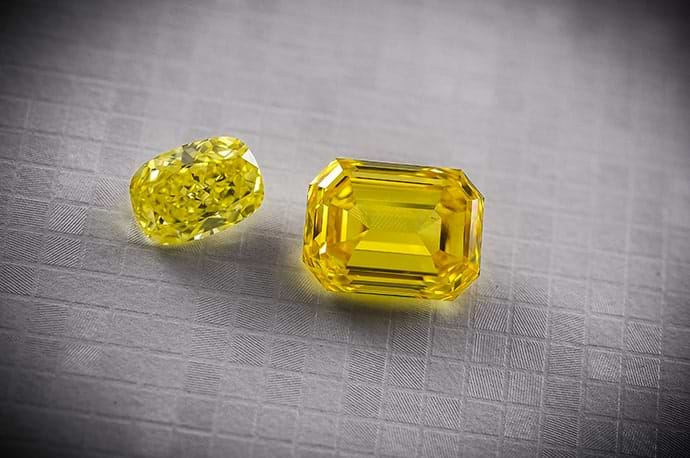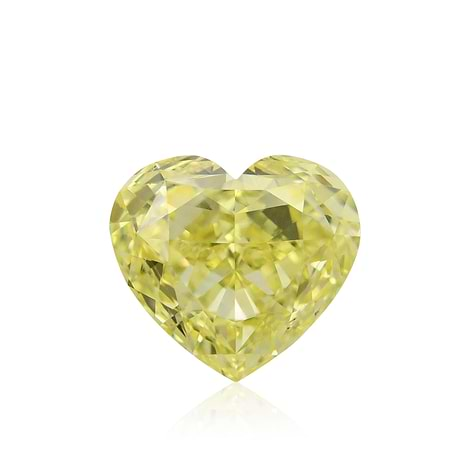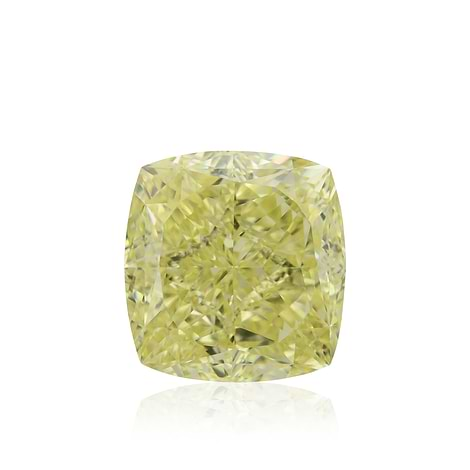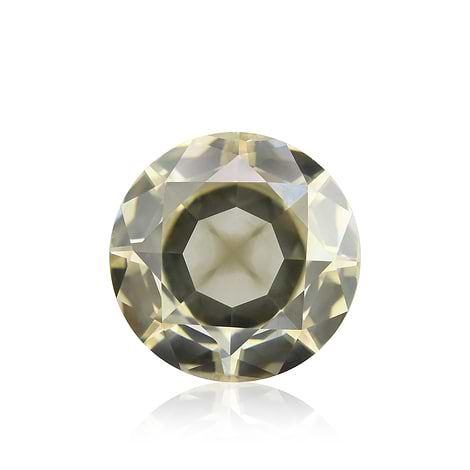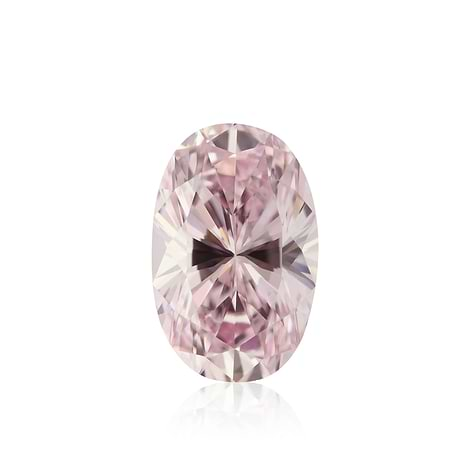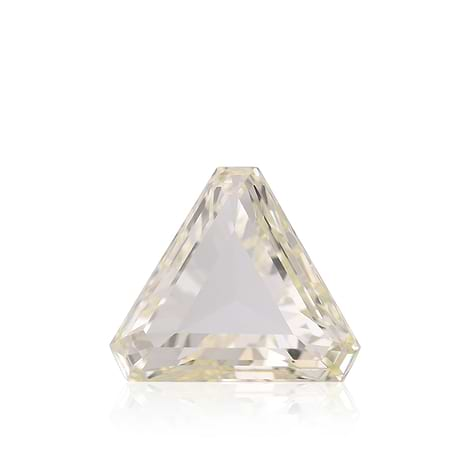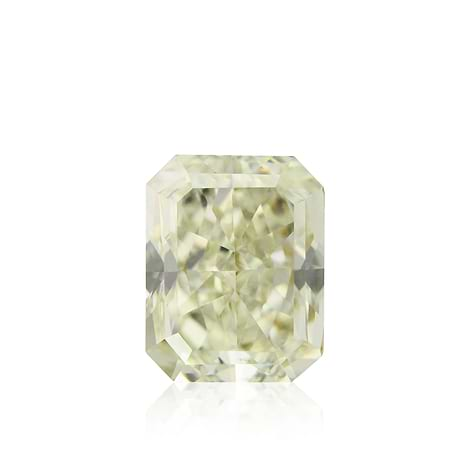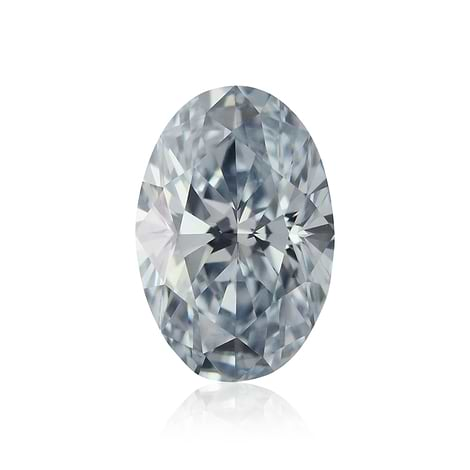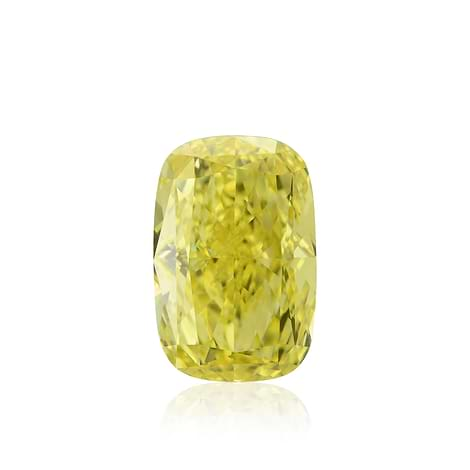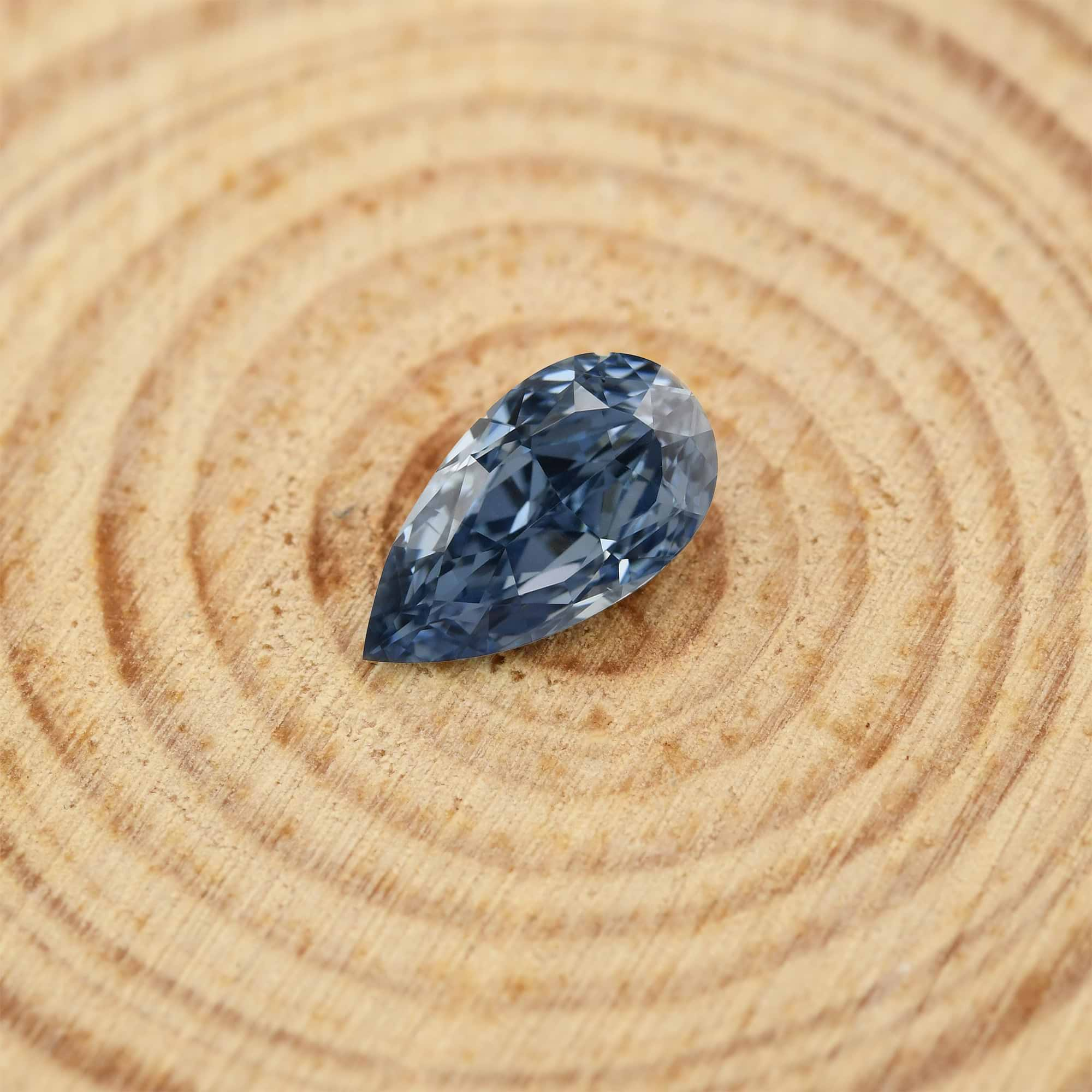If you really want to know how something or someone is perceived, take a look at a caricature of said thing or person and you will get the gist of it. While often-negative attributes are highlighted in such instances, it is all about the positive for diamonds. A drawing or a cartoon depicting a diamond will most likely consist of many lines encompassing the diamond, symbolizing its facets, sparkle, and shine.
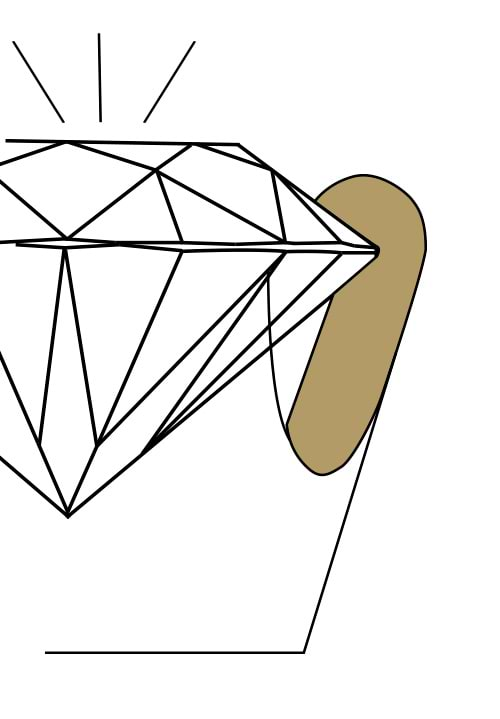
A diamond is durable, a diamond is beautiful, and a diamond is colorless (or a beautiful fancy color.) But more than anything else, a diamond shines! That is what most people are after when they seek out a diamond. So what makes a diamond sparkle more? Do more facets create a greater sparkle? Let us look into diamond facets, a diamond’s sparkle, and the connection between the two.
The Brilliant Cut and Its 58 Facets
The round brilliant diamond is the most popular shape for colorless diamonds. There are many other diamond shapes including heart, pear, princess, emerald, cushion and others that seem far more interesting than the round shape, so why is it so popular? The reason is of course in the sparkle of the diamond. Brilliant cut diamonds are the best way to show off a diamond’s fire. Other shapes are cut with the brilliant cut as well, so again, why the round shape? In addition to the cut, the round shape also contributes to the incomparable shine of a brilliant round diamond. Consisting of 58 facets, the brilliant cut was a huge improvement to older cuts that preceded it. Due to newer technology and cutting capabilities, the brilliant cut was created.
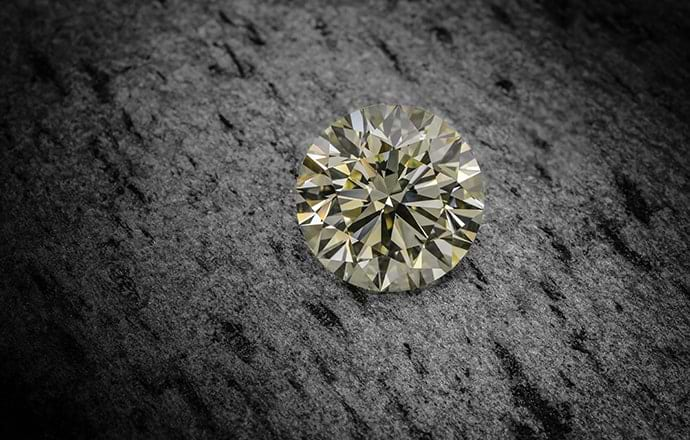
More Facets Does Not Mean More Sparkle
Here is where it gets tricky. While the many facets of a brilliant cut allow light to be reflected in just the right way from both colorless and color diamonds, it is not just about the number of facets. Rather, it is the crucial cut and polish of this exact number of facets and how they reflect the light between one another that creates the unbelievable sparkle. Colorless diamonds are cut in a fashion that enables the light to enter and exit the stone as quickly as possible whereas color diamonds do the opposite. They are designed to trap the light within the stone for as long as possible before it leaves, so that the color can be seen as clearly and as vividly as possible.
Excellent Cut Makes for Excellent Sparkle
In addition to the number and placement of the facets comes the cut factor. It is not just about how the stone is cut but the quality of the cut. Smooth facets will result in greater sparkle. That is why it is important to look for diamonds with a cut grade of excellent/excellent, which is preferred to very good/ good. However, it is important that I mention this is more so the case with regular white./colorless diamonds. When it comes to colors, the most important factor is by far the color of the stone. A cutter will actually sacrifice the cut if he or she is able to attain a better or stronger color to the stone.
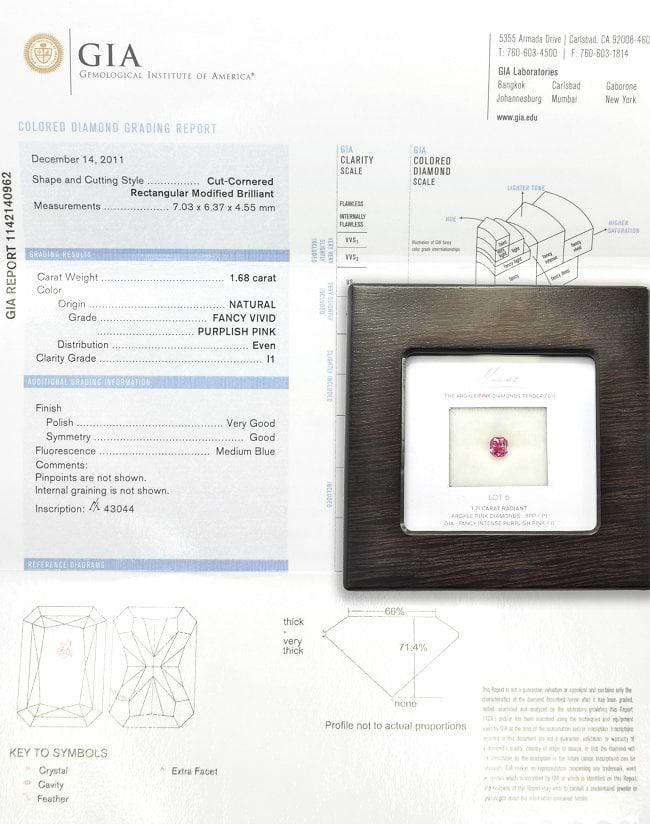
A 1.68 carat fancy vivid purplish pink argyle radiant shaped Argyle Tender diamond and its GIA certificate
A Bit About Diamond Cuts
The vast majority of diamonds today consist of the brilliant cut. However, there are other cuts as well. Aside from the well-known round brilliant cut, there is the modified brilliant cut that is used on many different diamond shapes; the step cut, which is mainly used for emerald-shaped diamonds; and older cuts such as briolette and Old European. These last two cuts are seen on older stones and are used to create diamonds with a vintage/retro look.
Like in many other industries, consumers should be less occupied with numbers and sizes and more concerned with quality. Bigger isn’t always better and more facets doesn’t mean more sparkle. There was an attempt to create a cut with 89 facets and it failed. Stick with obtaining diamonds with the highest grades possible; including cut, and you should be happy with the results.
